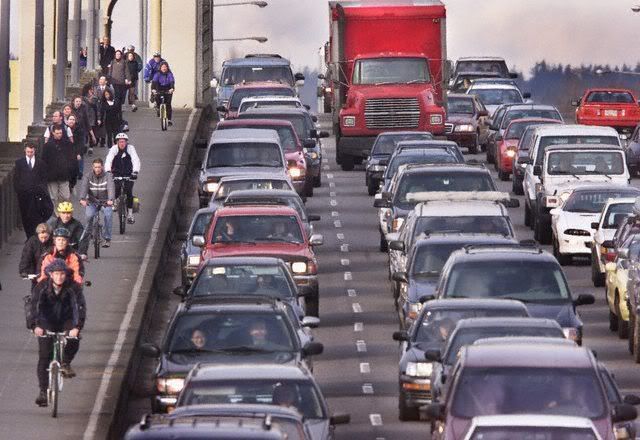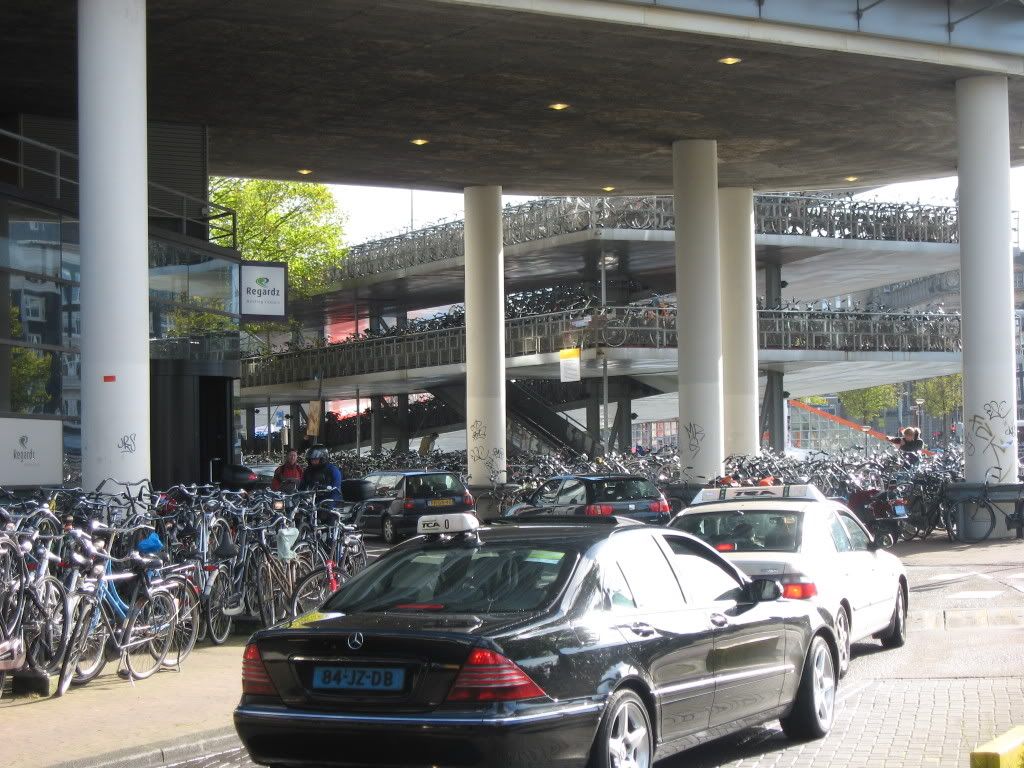Spring has sprung, or so goes the old moniker. Sadly, our wallets have sprung open as well - to pay for the gas that goes into our adored automobiles. Though average gas prices in New England fell 1 cent this week to $3.12 a gallon for self-serve regular (according to AAA Southern New England), it's still not low enough for many of our budgets.
automobiles. Though average gas prices in New England fell 1 cent this week to $3.12 a gallon for self-serve regular (according to AAA Southern New England), it's still not low enough for many of our budgets.
 automobiles. Though average gas prices in New England fell 1 cent this week to $3.12 a gallon for self-serve regular (according to AAA Southern New England), it's still not low enough for many of our budgets.
automobiles. Though average gas prices in New England fell 1 cent this week to $3.12 a gallon for self-serve regular (according to AAA Southern New England), it's still not low enough for many of our budgets.The solution? If you don't want to carpool with Raymond from the IT group or take public transportation, consider dusting off your old two wheeler - your bicycle, that is. I used to ride two miles each way to my first job at Boston Market. Not only did I save the earth (and my mother from having to give me a ride), but I dropped 15 pounds. Now there's a side benefit I could really get into.
Though Boston is far from a bike-safe city, chances are you will get to and from work without a scratch on you. Some tips to make that commute a little safer:
1. Wear a helmet. You can fix your hair once you get there. Just stick a little comb and travel gel in your bike pack.
2. Wear a helmet. You only have one brain.
3. Wear a helmet. Are you getting the message?
4. Wear bright, reflective clothing.
5. Have a blinking front and rear light in case you're riding home in twilight or at night.
6. Follow traffic laws. That's right - you renegade bikers risk a lot when you dart out into the intersection when it's not your turn.
7. Stay off really busy roads that don't have bike lanes.
For more tips, visit the Bike Commuters blog.
If you choose to take the two wheeler to work, your wallet will certainly thank you. And your waistline. Oh, and so will our dear Mother Earth.
 A bicycle parking garage at the train station in Europe somewhere - Amsterdam, I think.
A bicycle parking garage at the train station in Europe somewhere - Amsterdam, I think.Can you imagine if that many people in the US rode bikes instead of riding in cars?
Thanks, Mom, for the story idea!
First photo courtesy of LongboardCapital.com.
Second photo courtesy of my cousin Liz.
The 5 Layers of Cycling Safety:
ReplyDeleteLayer 1: Control Your Bicycle (Don’t fall or collide with others) Balance and bike handling reduces half of your injury risk.
Layer 2: Follow the Rules (Don’t cause traffic accidents) Half of collisions between cars and bikes are caused by cyclists not following the rules.
Layer 3: Lane Positioning (Discourage other driver’s mistakes) Many common crashes caused by motorists can prevented by cyclists using proper lane position at intersections and in narrow lanes. Bike lanes actually exacerbate common crashes by keeping cyclists out of a safer lane position.
Layer 4: Hazard Avoidance (Avoid the other driver’s mistakes) Cyclists can learn evasive maneuvers to avoid crashes caused by motorists.
Layer 5: Passive Safety (Protection when all else fails) Helmets and gloves protect your most vulnerable body parts as a last resort in case of the very rare failure of Layers 1 through 4, but they do nothing to help you avoid crashes.
You can learn to be a competent, confident and safe cyclist on any road. Take a Bike Ed class from the League of American Bicyclists. Read Street Smarts.
To get started, here are some excellent commuter tips:
Ten Tips
I think more people would bike in Boston if it was made more bike friendly.
ReplyDeleteThe good news is that Mayor Menino has discovered the joy of bike commuting and appointed a bike commissioner who is in on the planning for National Bike to Work Week, May 12-16.
ReplyDeleteUse this as an excuse to try it JUST ONCE. The first day is the hardest. I borrowed the blogger's bike on my first day of bike commuting, when she wasn't using it to get to Boston Market.
Yes, my mom stole my bicycle. Good thing I was away at college so I didn't mind!
ReplyDelete